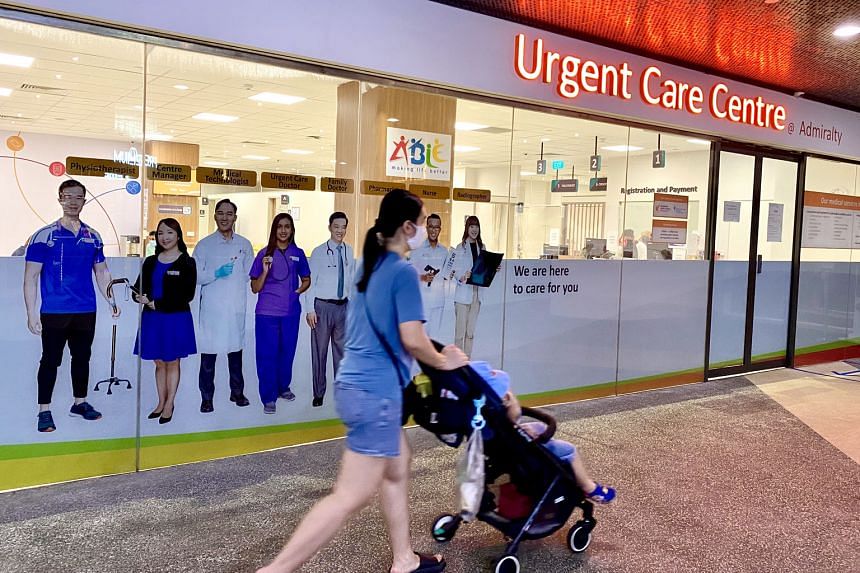- Joined
- Jul 14, 2008
- Messages
- 91,258
- Points
- 113
from yahoo.com:
Ong Ye Kung Answers FAQs On The Covid-19 Situation And Reassured Parents
The recent rise of community Covid-19 cases in Singapore has been a cause of concern for most parents. Especially, in the way it has affected young children and families, alike. That is why the new Health Minister of Singapore, Ong Ye Kung, took it upon himself to clear public confusion on the current situation.
In a Facebook post on Sunday (23 May), Mr Ong answered some frequently asked questions about Covid-19. The Health Minister went through each concern carefully and one by one, answering important concerns.
“I hope my replies can help shed some light,” Mr Ong wrote.
Health Minister of Singapore Ong Ye Kung Answers FAQs About Covid-19
1. Is it true that there is no point in getting vaccinated after so many vaccinated people are getting infected?
To answer it bluntly, Mr Ong says “No.”
He explains that in the 78 vaccinated individuals that were infected, many of them are frontline workers. This is compared to about 300 of the rest of the unvaccinated people among the current outbreak.
“International studies continue to show that vaccinations are very effective in preventing infections, and severe illnesses,” he writes.
So while there may still be people reluctant in getting the vaccine, it is still encouraged to ensure more safety for you, your family and the community. The Ministry of Health (MOH) even says that the risk of transmission can be greatly reduced if more people receive the vaccine.
As of 17 May, a total of 3,407,068 persons have been administered with 1,440,544 that have completed their full vaccination regime.
2. Is the new B.1.617 Variant airborne and very contagious?
Just like Covid-19, the B.1.617 variant can be spread through droplets and aerosols in the air when someone coughs, sneezes or talks. Mr Ong says that the risk of transmission of this new variant is multi-factorial.
“Limited airflow and poor ventilation worsens spread. Large majority of infections are in enclosed places with close interactions without masks,” writes the Health Minister of Singapore.
He continues to explain that this is why they have closed restaurants and suspended big gatherings.
He adds that this is “why a big proportion of infections now actually come from home.” As more recent community cases have also been linked to being in close contact with a family member or a household member.
“To protect your family members, see a doctor immediately if unwell,” reminds Mr Ong.
3. Is the current situation getting very bad?
With the surge of community Covid-19 cases in Singapore, many people are probably wondering whether the situation has gotten pretty bad.
Mr Ong answers, “Not quite, we are hovering around the same number since 16 May. See graph below on 3-day moving average.”
He adds, reassuringly that they are still “monitoring the situation closely; to see if we are trending up, down or flat.”
View attachment 111976
4. “But we are doing so much special ops, going to HDB blocks to test people. That must be bad?”
Mr Ong once again denies this. He said “No” this is not true, as testing is still a very effective way to prevent further transmission of the virus. All these testing ops should actually make people feel safer, according to the Health Minister of Singapore.
“They help us detect and isolate people early, including persons who are asymptomatic or mildly symptomatic and would otherwise be missed,” he writes.
To conclude his post, Mr Ong writes, “We will be doing even more testing and surveillance moving forward.”
Very good of Ministar Ong to answer these questions which concern Singaporeans.










